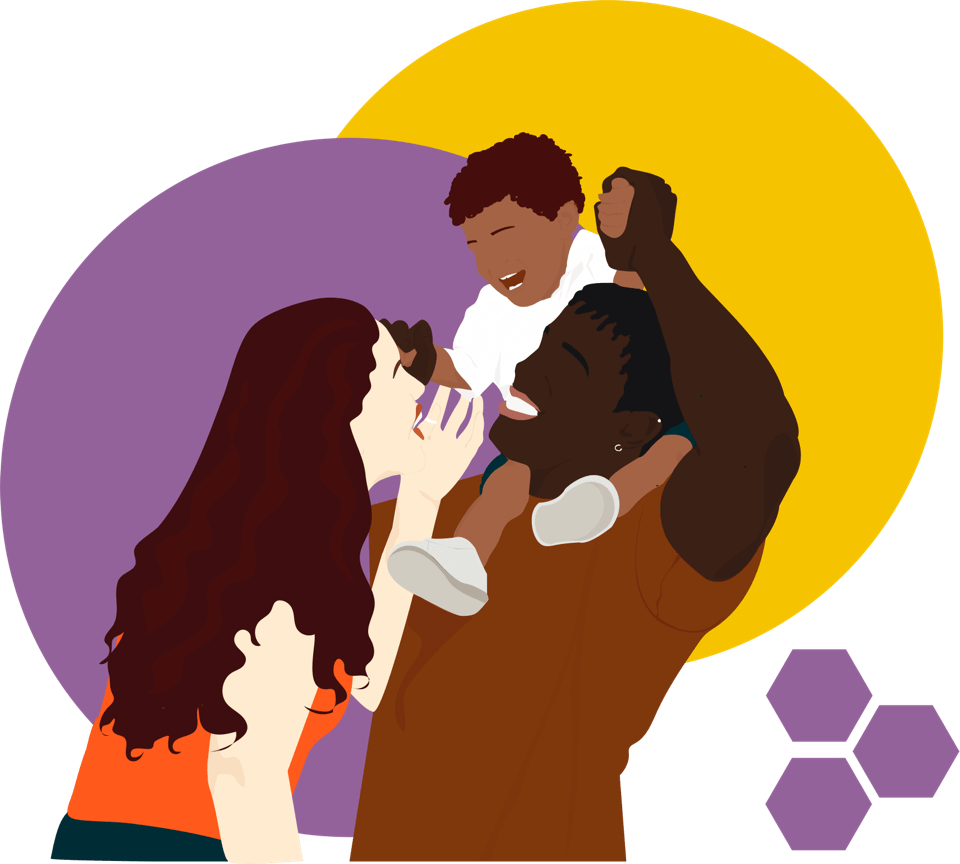Sex traffickers strategically target young people in foster care because their trauma histories coupled with the child welfare system’s failure to provide a sense of belonging leave them vulnerable to exploitation.7,13-15, Sex traffickers also know where group homes are located and seek out young people in those placements, using cell phones first to entice them and then to control and track their whereabouts.
Young people in foster care, especially those in congregate care, often run away from their placements, which puts them at risk for sex trafficking. Some young people who run away end up on the street where they may be exploited by sex traffickers or recruited into sex trafficking by other young people who are being sex trafficked. They may also resort to “survival sex” to meet their basic needs.10,17
Sex trafficking can lead to justice system involvement among young people. Historically, minors involved in the sex trade were criminalized by the justice system for prostitution and related offenses such as running away. Despite efforts by child advocates to shift the response to sex trafficking from punitive to restorative, sex trafficking survivors continue to be detained and incarcerated for offenses related to their sexual exploitation.18
Young people experiencing homelessness are at heightened risk for commercial sexual exploitation and sex trafficking. Many young people who are homeless resort to “survival sex” to meet their basic needs for shelter, food, and other essentials. Additionally, homelessness among young people often is a result of other risk factors for commercial sexual exploitation and sex trafficking such as poverty, family dysfunction,19 and a history of neglect, abuse, or other trauma. Young people experiencing homelessness who identify as LGBTQ+ are at particularly high risk for commercial sexual exploitation and sex trafficking.10,20





